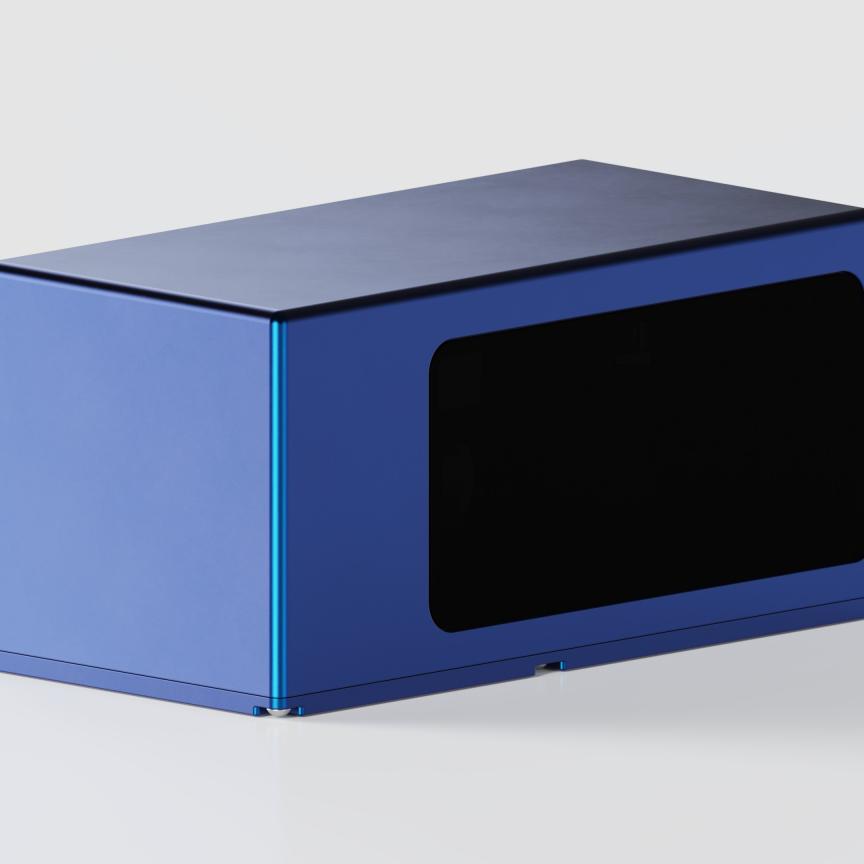Advanced Micro Foundry (AMF), world’s first silicon photonics specialty foundry today announced the availability of 1550nm wavelength LIDAR sensor based on Germanium-on-Silicon Avalanche Photodetector Arrays (APD) technology.
AMF’s LIDAR sensor offers superior performance and cost advantage over conventional solid-state sensors. The latter are fabricated with expensive materials, and encounter short range problem due to low power constraint on short wavelength 905nm.
Dr. Tan Yong Tsong, CEO of AMF said, “the recent rising of light detection and ranging (LIDAR) for autonomous vehicles and robotics widened the market for avalanche photodetectors (APDs). APDs are essential in LIDAR applications due to the low optical signal strength detection capability. In LIDAR applications, the backscattered light from the objective can be glimmer, which requires high-sensitive detectors with high-angular resolution.”
Over the past two decades, high-gain, low noise Si APDs and Silicon photomultiplier (SiPM) has been well developed and commercialized for visible wavelength ranges. However, collimated laser beams of 905nm and shorter wavelength are especially dangerous to pedestrian even at relatively low power, as the lens focuses the light onto a tiny spot on the retina and has potential ocular hazard.
The safety requirements in aspect of maximum permissible exposure (MPE) thus limits the detecting range of LIDAR at these wavelengths with confined transmitter energy. In contrast, at 1550nm, most of the light will be absorbed by the transparent parts of the eyeball before it reaches the retina, which relax the MPE requirement for nearinfrared (NIR) LIDAR. The large MPE capability attracts industries’ attention of LIDAR at 1550nm, and its receiving component of APDs.
The state-of-the-art commercially available APDs at 1550nm are mostly III-V APDs, which is non-CMOS compatible and of high price. Thus leading to an urgent demand of germanium-based APD or APD arrays with potential integration capabilities. Along the direction, single-element separate absorption, charge, and multiplication (SACM) Ge-on-Si APDs has been studied in recent few years, it has been demonstrated to achieve a low dark current and high gain-bandwidth product. AMF (while under IME,Astar) has reported a 310GHz gain-bandwidth product SACM Ge APD back in 2013. However, in LIDAR applications, the receivers only detect the weak scattered light from the targets, which requires APDs with both high-sensitivity and large detection area, in order to enhance the possibility of capturing the scattered light with better signal-to-noise ratio.
Recently, AMF developed such Ge-on-Si avalanche photodetector (APD) arrays working at 1550nm wavelength band, targeting for LIDAR application. Our demonstrated single APD pixel reveals a responsivity of ~ 3.2A/W at the normal operation voltage of 90% breakdown voltage, with a dark current of ~2.2 mA, a breakdown thermal coefficient of ~0.029 V/oC, and a 3-dB bandwidth of ~ 9.0 GHz. The 25 pixels on a 5-by-5 APD array shows high uniformity, with a responsivity variation of less than 5%, with the bandwidth of up to 1GHz, which is suitable for Lidar application.

